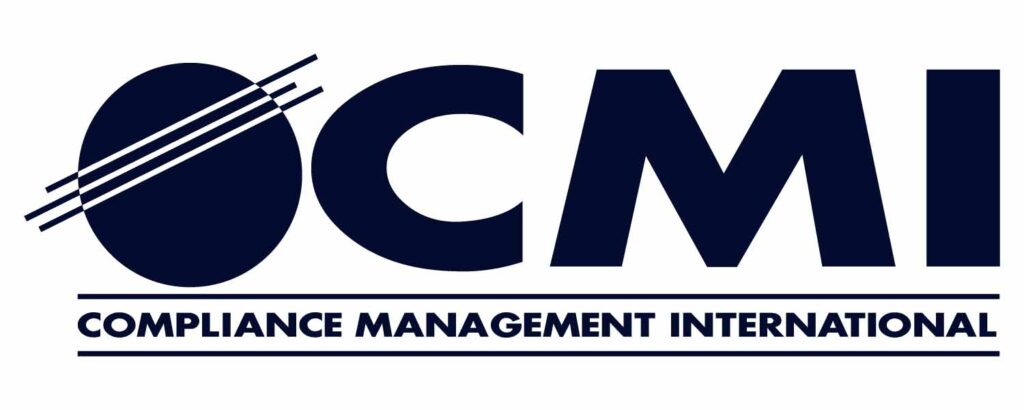When Damar Hamlin of the Buffalo Bills, suffered a cardiac arrest on the field during a game on January 2, the country had a first-hand look at the potential benefits of effective CPR and AED use, and the importance of rapid response as the lifesaving actions played out on live TV. The country became understandably invested in the recovery process that often goes unseen after these types of events. Damar received CPR on the field for at least ten minutes before his heartbeat was restored. He was then transported to University of Cincinnati Medical Center. Five days later he was awake and talking to his family – a remarkable timeline no doubt supported by an incredible first aid response.
When CPR is required, it is often the first several minutes of the event that are the most crucial for a successful intervention. According to the American Heart Association:
- More than 350,000 out of hospital cardiac arrest happen each year, of which about 20% occur in public settings (which include the workplace),
- Effective CPR from bystanders can double to triple survival rates,
- For each minute someone does not receive CPR, their survival rate decreases about 7%.
Based on these statistics it is easy to deduce why having a CPR trained workforce is essential for maximizing survival rates of those experiencing medical emergencies, as the average emergency services response time in the US can be up to 15 minutes. Cardiac arrest can occur due to a multitude of reasons – CPR may be required in situations resulting from drowning, drug overdose, or choking if the Heimlich maneuver/abdominal thrusts are ineffective.
Although incidents requiring first aid tend to be less severe, having trained employees can be just as important. Training employees in first aid efforts tends to make the workforce in general more conscious of safety and how to avoid injuries. In many cases, providing rapid first aid can even reduce the severity of injuries that do occur – potentially shortening recovery time for the injured employee.
Providing training such as CPR or first aid is also crucial to building a positive safety culture and instilling confidence in the workforce that not only is the company invested in keeping them safe, but also that they themselves are confident in their ability to assist fellow coworkers; an increase in morale which is invaluable.
Under the OSHA standard for Medical Services and First Aid (29 CFR 1910.151), employers must assess their workplace location to the proximity of medical services in the event of a workplace injury. If the workplace is more than 3-4 minutes from prompt response, employees on site shall be trained in first aid methods, and this should include CPR.
If you are interested in learning more about OSHA’s standard for Medical Services and First Aid or how to host training at your site, please contact us!
Written by Alex Lasher, CSP, Senior Health and Safety Specialist



